Gone are the days of one-size-fits-all workplaces.
Businesses – with their increasingly complex corporate cultures – require bespoke designs that reflect their exact identity as well as being tailored to specific ambitions and day-to-day requirements. But how do designers collate the insight required to create informed, activity-driven workplaces that ‘fit’ a company?
Workplace briefing does not hinge on sending out a few questionnaires. Instead, this process focuses on adopting a method that is layered and creative and that engages all levels of an organisation. The formula for this often involves asking the right questions at the right time, capturing the appropriate amount of detail to help develop the design and pace the client’s journey through the project.
Projects do not start with swatches and samples but with a challenge to shape a brief that is in line with the cultural, financial and practical aspirations of the client. The process works to emphasise that the definition of success will vary greatly on what your specific aspirations are and whether you are a user, executive, facilities manager or client.
Breaking it down
The key to this revealing process is discipline – teasing out the information in the right order. For example, the briefing session on day one is for talking about the essential needs and ideas behind a project.
The result of this early consultation is akin to a brand strategy, reducing the aims and characteristics of a business to just a few words that can be used as a reference and guide for the duration of the project.
For example, a client we are working with has just gone through a period of rapid expansion, with their subsidiary brands currently segregated from one another. It was identified that the size of the team is expected to vary and the working culture is likely to be recalibrated to bring the working environment of all the brands together.
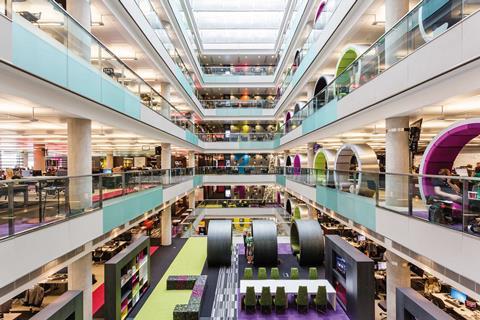
These fundamental findings identified a potential new corporate culture on the horizon, and with it the requirements for an ultra-flexible design that could absorb the future demands of the business.
Key to getting the right results is a structured approach to engagement and it is the designer’s role to direct and facilitate these conversations. This rests on having access to the right people, which does not mean just canvassing the opinions of senior management. The aim is to create a cross section of the business that includes engaging with user groups, facilities management and specialist stakeholders to create a comprehensive picture of the workplace DNA.
A disciplined process allows designers to extract the right information at the right stage, creating a choreographed flow of ideas that underpins a project. Creative intuition and empirical analysis need to be balanced and structured to complement one another.
It is key for clients to understand this as some stakeholders will feel more comfortable during the analytical briefing stages while others will be more at home in the more visual stages. But looking at the whole picture, and how these stages underpin each other, helps clients to see it as a continual, mutually supportive process, where the end results are engaging spaces that are built on a robust ‘use case’.
Robert Myers is a partner at ID:SR Sheppard Robson






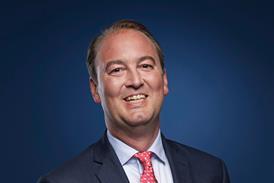
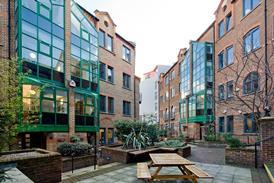
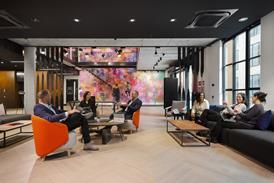




















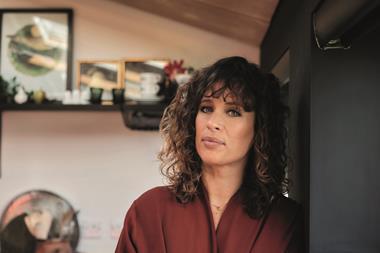

No comments yet